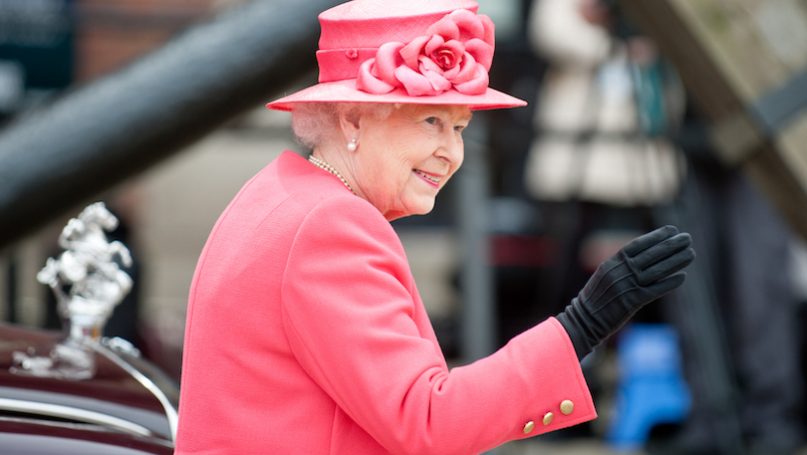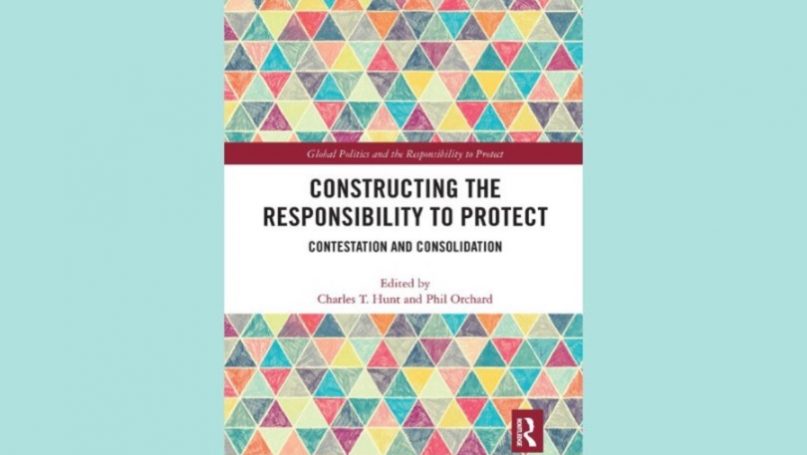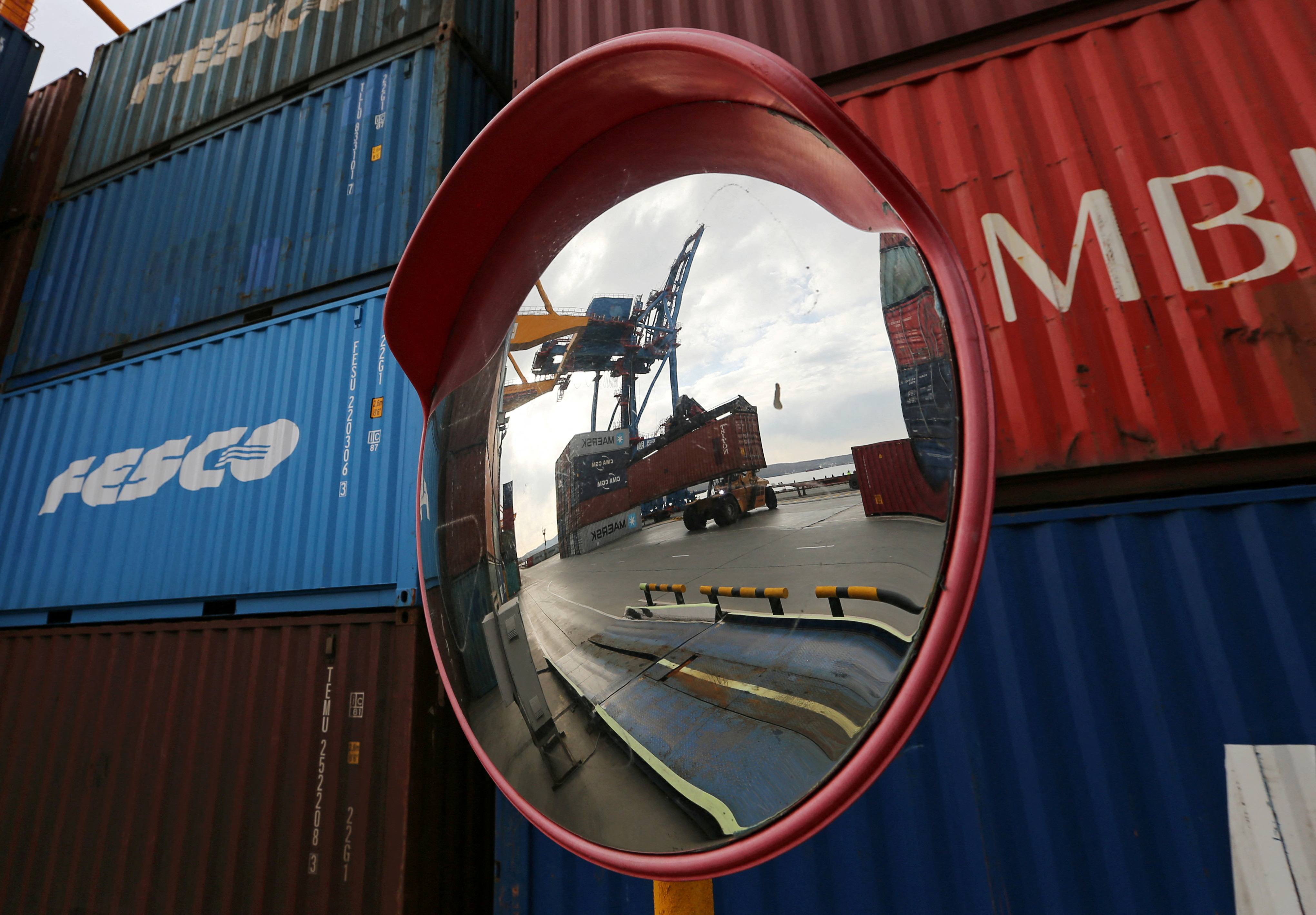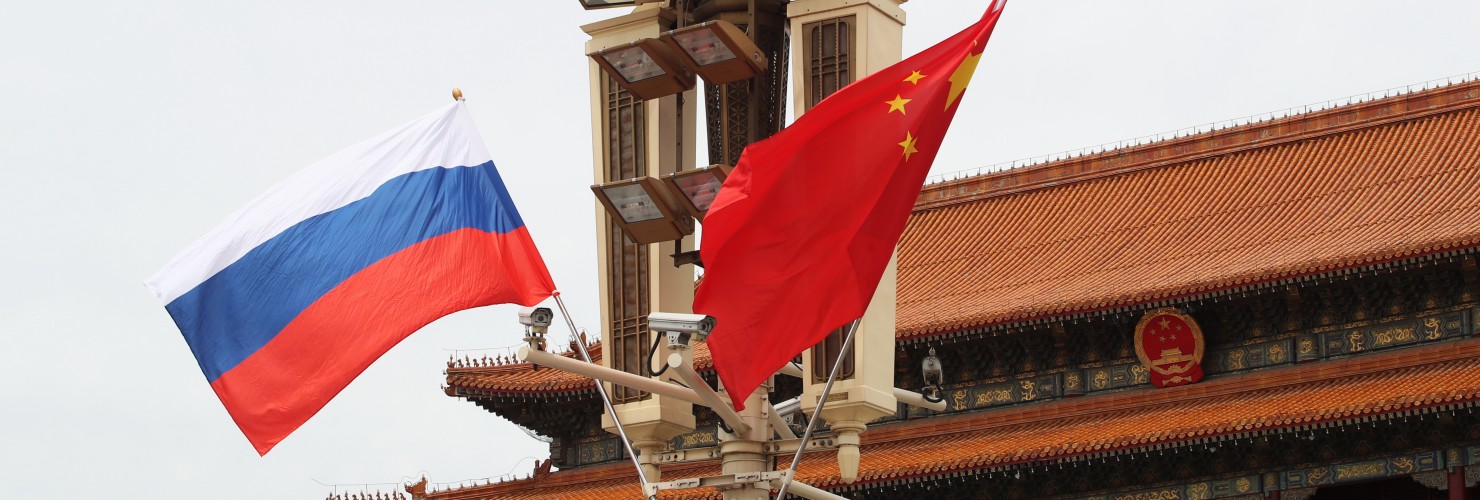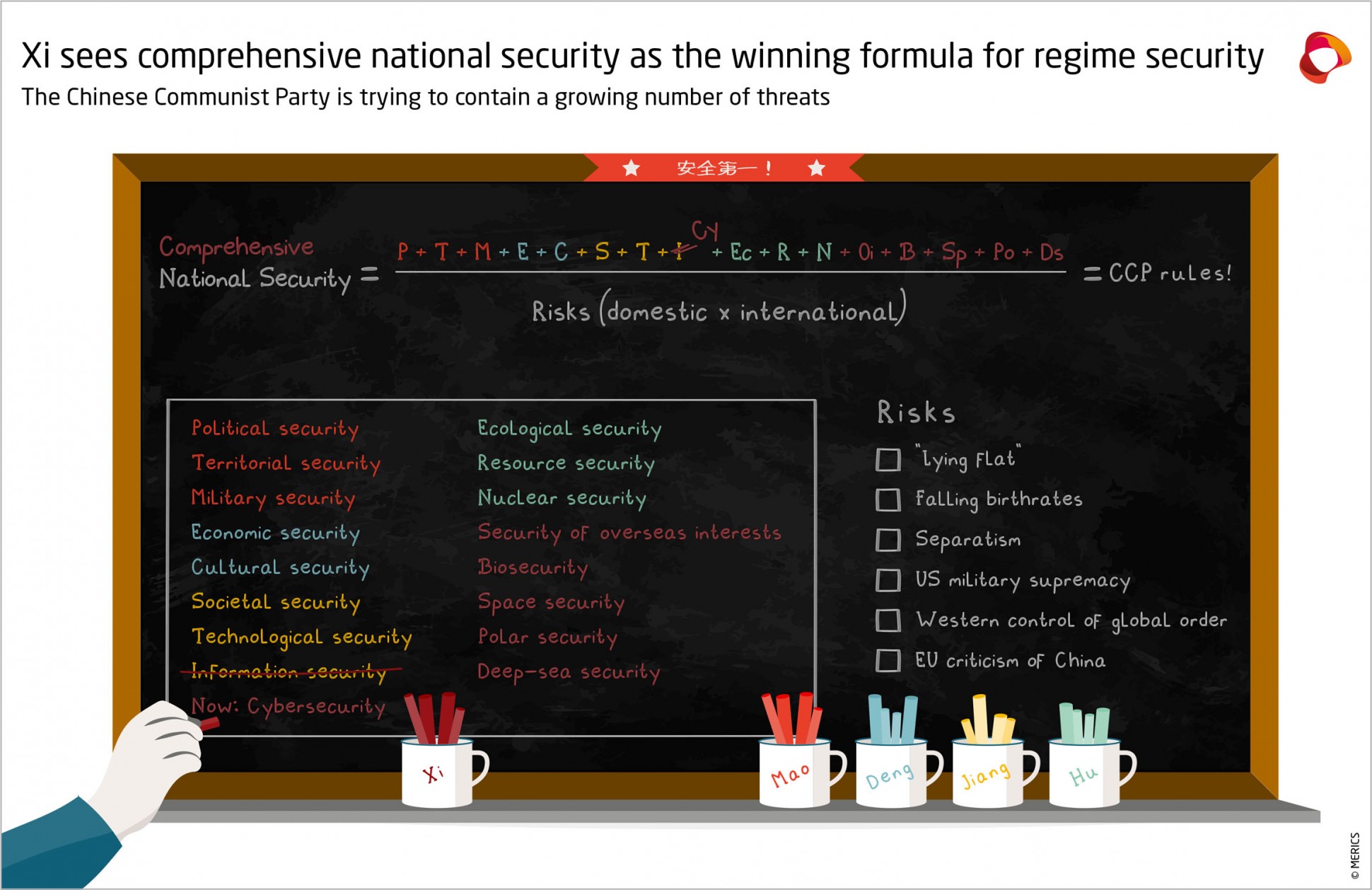Daniel Pereira

Nate Fick, who was confirmed last week to lead the State Department’s Bureau of Cyberspace and Digital Policy, was also the co-chair (along with Jami Miscik of Global Strategic Insights) of the Council on Foreign Relations (CFR) Independent Task Force on Cybersecurity.
In May, the CFR Task Force delivered their final report, Confronting Reality in Cyberspace: Foreign Policy for a Fragmented Internet, which concluded “that, —among other things—the era of the global internet is over; Washington will be unable to stop further fragmentation; data is a source of geopolitical competition; the United States has taken itself out of the digital trade sphere (undercutting Washington’s ability to lead abroad); cybercrime is a pressing national security threat; and Washington and its allies have failed to impose sufficient consequences on attackers.” (1)
To continue reading please consider joining as either a subscriber or full member to support our continued research and analysis. For more on benefits of membership see below.

